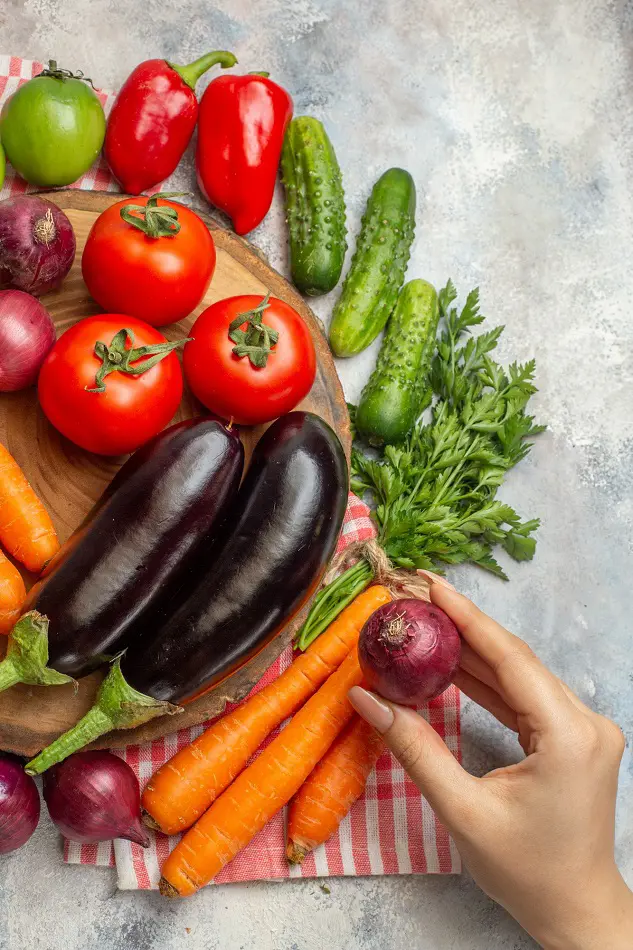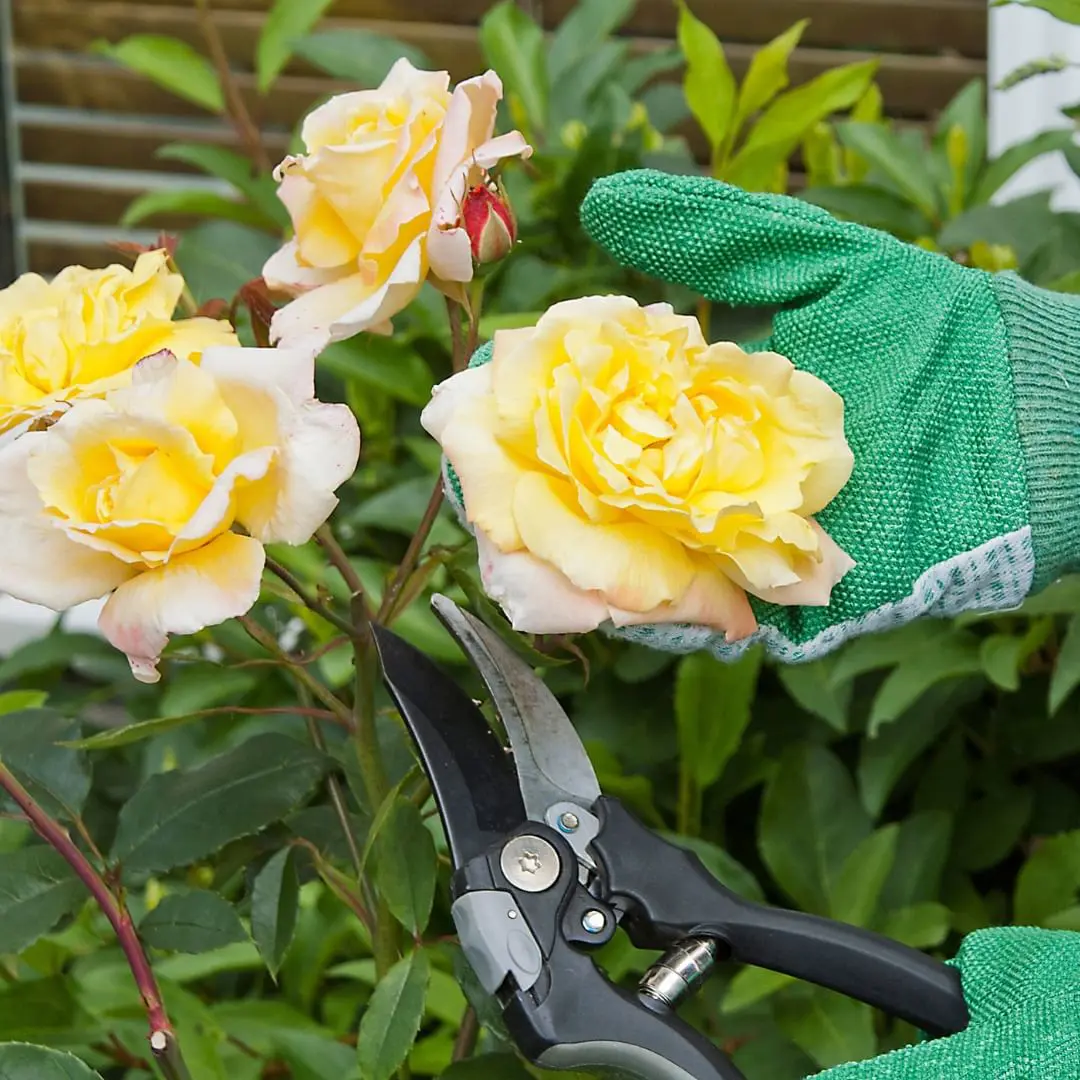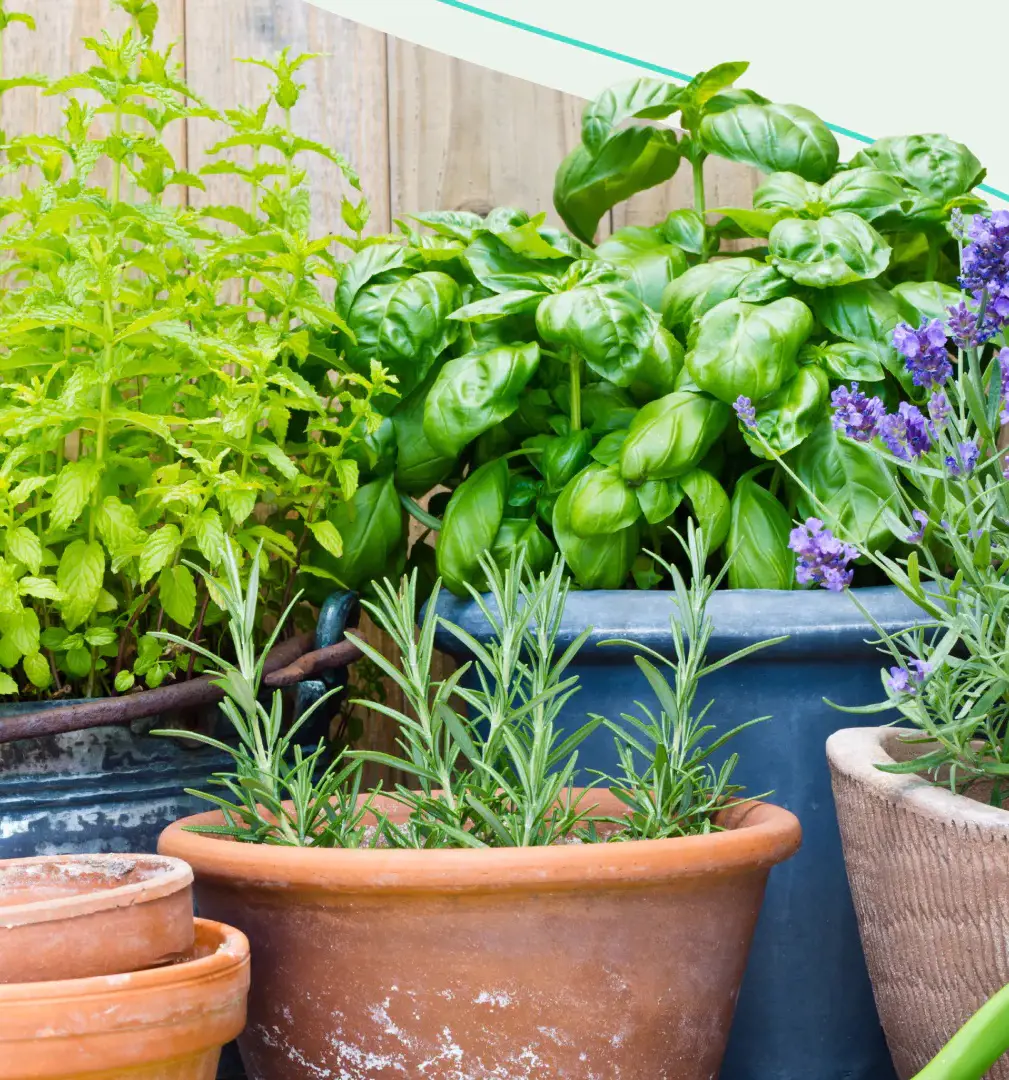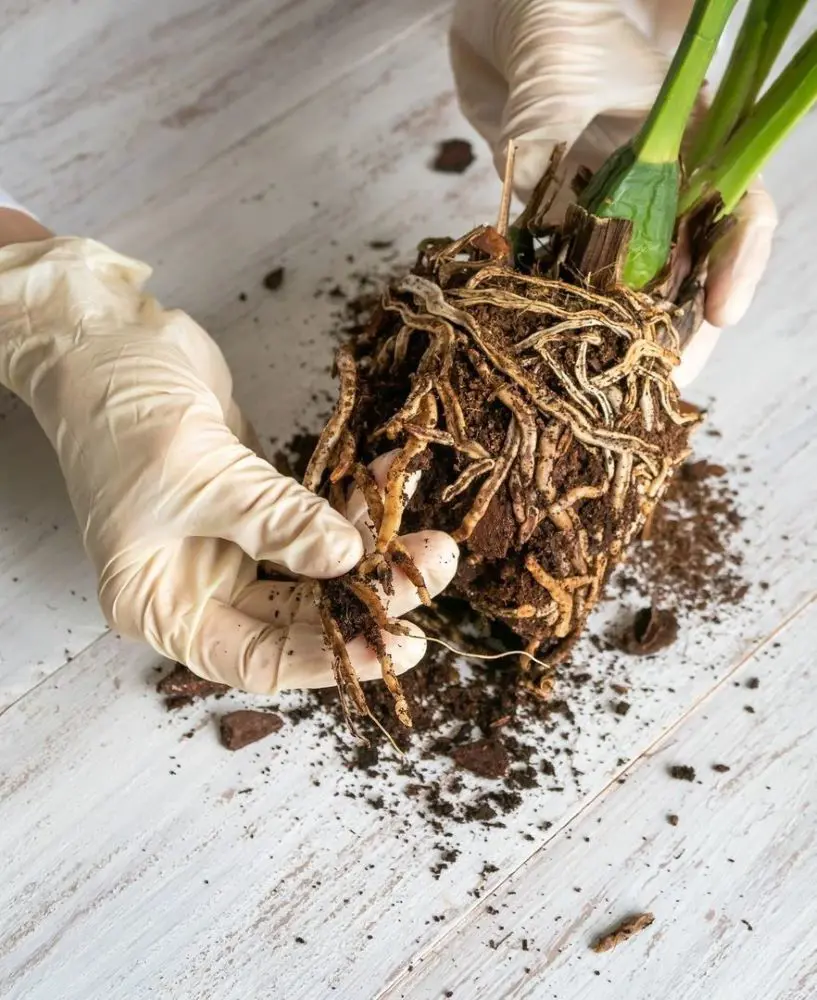20 Poisonous Plants That Are Deadly and Dangerous
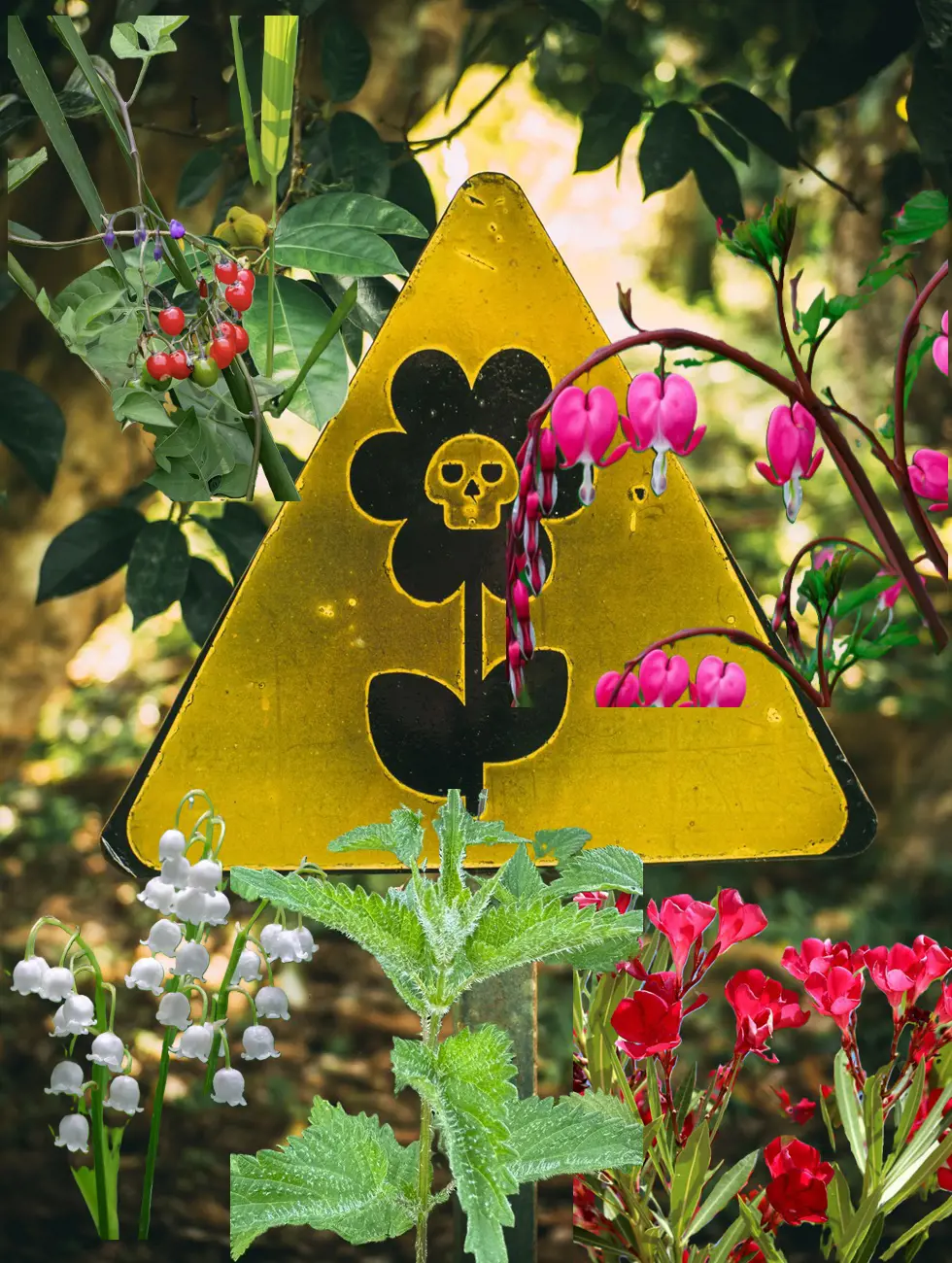
This post may contain affiliate links. If you make a purchase through links on our site, we may earn a commission.
Poisonous plants have long fascinated and terrified humans, with their ability to cause harm and even death but disguise themselves as beautiful plants.
This article explores some of the most poisonous plants found across the globe. Get ready to delve into the dark side of nature as we uncover the lethal secrets of these botanical assassins.
1. Poison Sumac
Poison Sumac (Toxicodendron vernix) is a highly poisonous and dangerous plant found in wetlands and swamps. The plant's leaves stems, and berries contain a toxic resin called urushiol, which causes a severe allergic reaction upon contact.
If exposed, it is crucial to immediately wash the affected area with soap and water to remove the resin. Calamine lotion, hydrocortisone creams, or antihistamines can help alleviate symptoms. Identifying Poison Sumac is important as it has smooth, oval-shaped leaves arranged in pairs, typically with 7-13 leaflets per stem, and clusters of greenish-white berries.
2. Poison Ivy
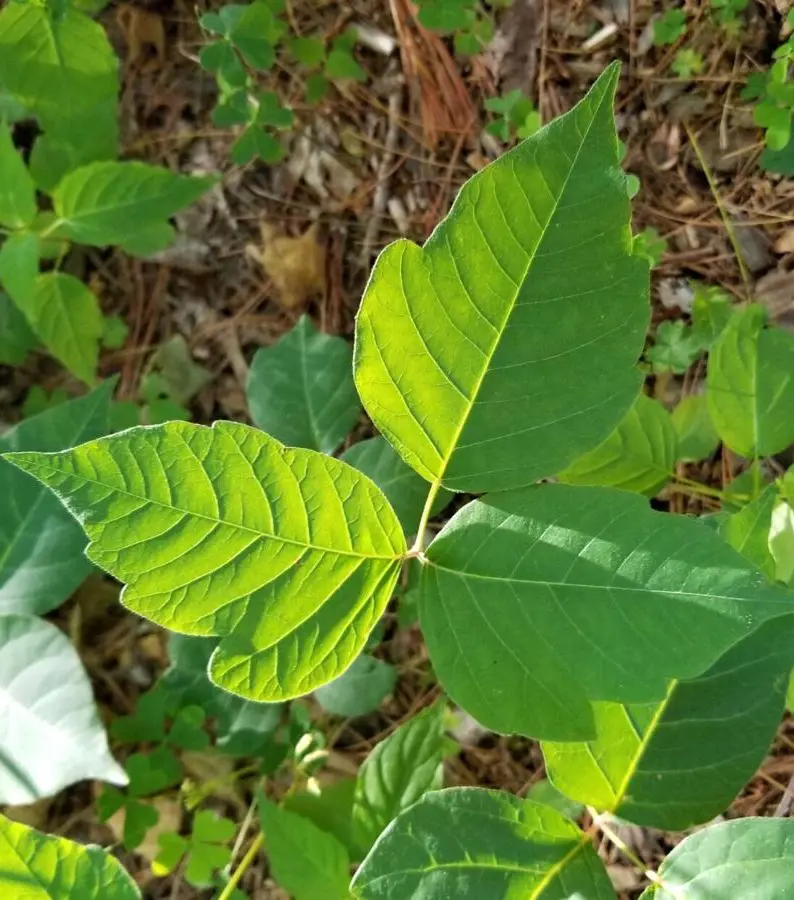
Poison Ivy, scientifically known as Toxicodendron radicans, is a highly poisonous and dangerous plant commonly found in North America. The leaves, stems, and roots of this plant contain a resin called urushiol, which causes severe allergic reactions in humans upon contact. Symptoms of poisoning include itchy red rashes, blisters, swelling, and in severe cases, difficulty breathing.
To treat poison ivy exposure, affected areas should be thoroughly washed with soap and water, and over-the-counter antihistamines or topical corticosteroids may be used to relieve symptoms.
3. Stinging Nettle
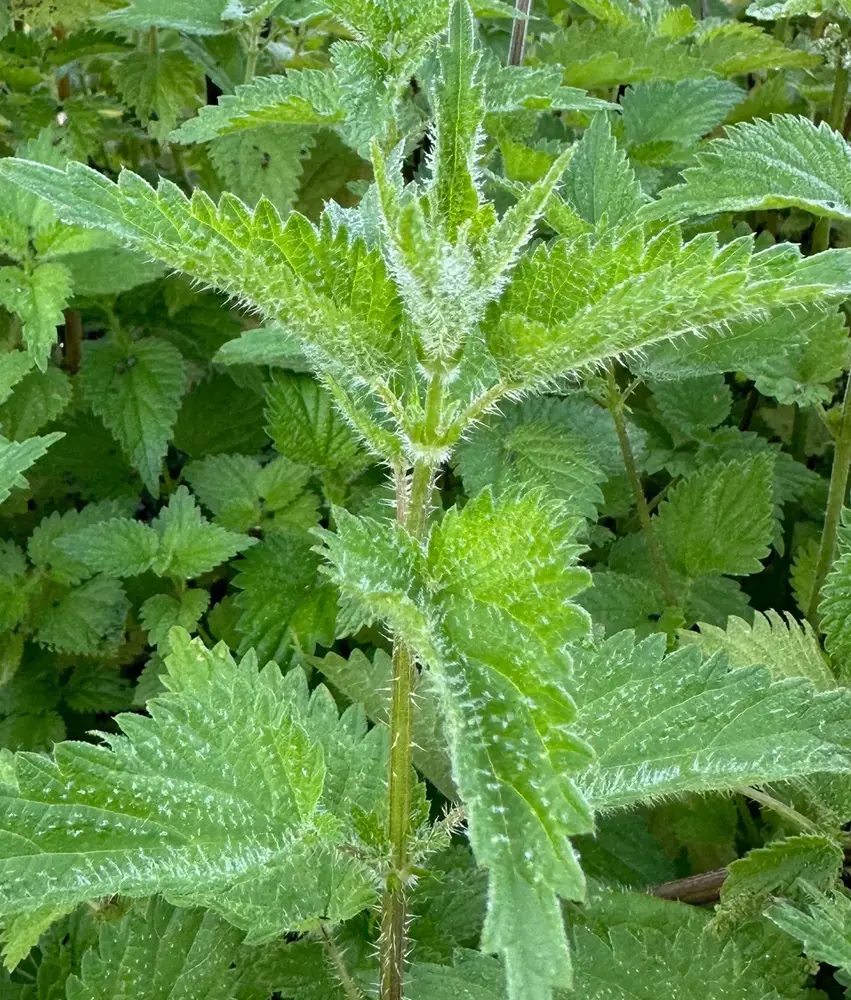
Stinging Nettle (Urtica dioica), while seemingly innocuous, can pose dangers with its venomous hairs on leaves and stems. Contact with these hairs releases irritating substances, causing skin redness, itching, and a stinging sensation. Ingesting the plant may lead to gastrointestinal distress.
To treat nettle poisoning, cleanse the affected area and apply soothing remedies. Identifying features include serrated leaves and clusters of tiny greenish-white flowers. While often used for medicinal purposes, caution is essential due to its potential to cause discomfort and adverse reactions.
4. Jimson Weed
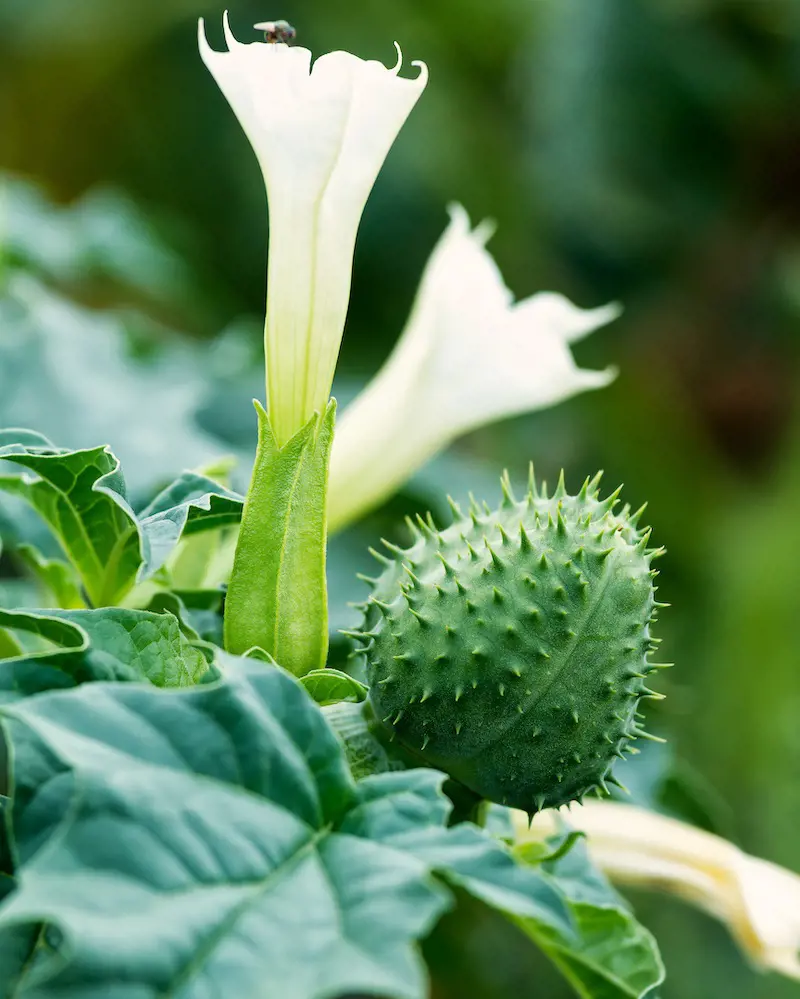
Jimson Weed, scientifically known as Datura stramonium, is a highly poisonous and dangerous plant. All parts of the plant contain toxic substances, such as alkaloids like atropine and scopolamine. Ingesting or even touching the plant can lead to severe poisoning.
Symptoms of Jimson Weed poisoning include hallucinations, delirium, rapid heartbeat, dilated pupils, dry mouth, and confusion. In severe cases, it can even cause seizures, coma, or death. If poisoning occurs, immediate medical attention is crucial. Identifying Jimson Weed can be done by its distinctive appearance, featuring large, white trumpet-shaped flowers, prickly seed pods, and jagged, green leaves.
5. Bitter Nightshade
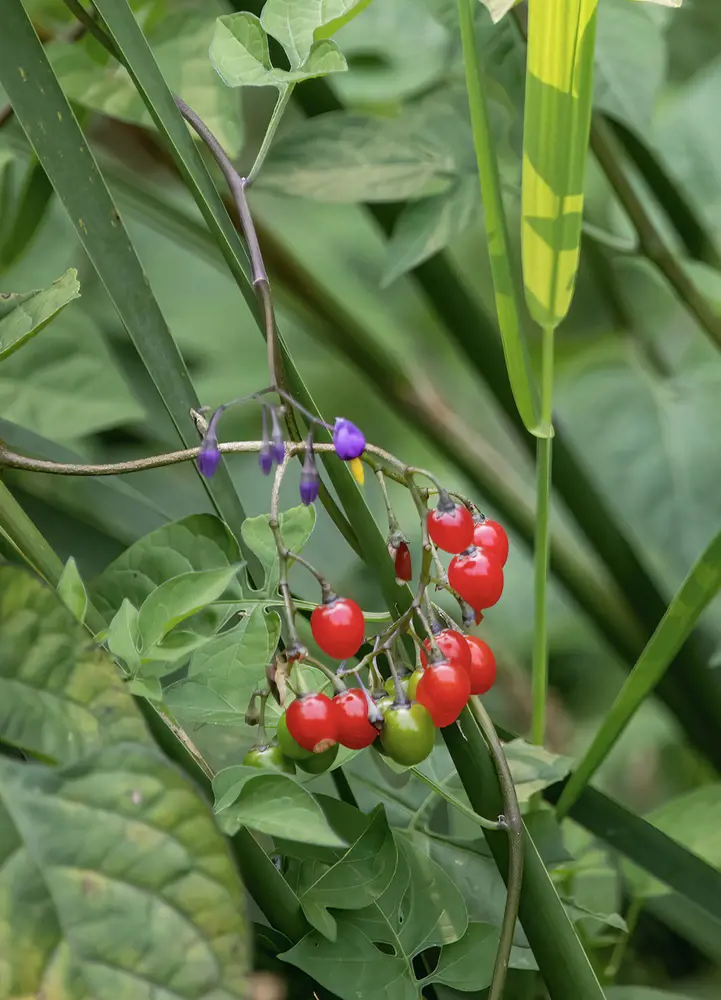
Bitter Nightshade, also known as Solanum dulcamara, is a highly poisonous and dangerous plant found in various regions. The entire plant, including its leaves, stems, berries, and roots, contains toxic compounds such as solanine and solasodine.
Ingestion of any part of the plant can result in symptoms like nausea, vomiting, abdominal pain, blurred vision, and in severe cases, respiratory failure. Immediate medical attention is crucial if poisoning occurs. Identifying features of Bitter Nightshade include woody climbing stems, purple flowers with yellow centers, and red or orange berries that resemble small tomatoes.
6. Giant Hogweed
Giant Hogweed is a highly poisonous and dangerous plant due to its toxic sap. When the sap comes into contact with the skin, it can cause severe burns and blisters that are exacerbated by sunlight, a condition known as phytophotodermatitis. Symptoms of poisoning include redness, itching, and painful blisters that can leave scars.
Immediate medical attention is required, and affected areas should be washed thoroughly and kept out of sunlight. Identifying features of Giant Hogweed include its tall height (up to 20 feet), large white umbrella-like flower clusters, and deeply lobed leaves with jagged edges.
7. Bleeding Heart
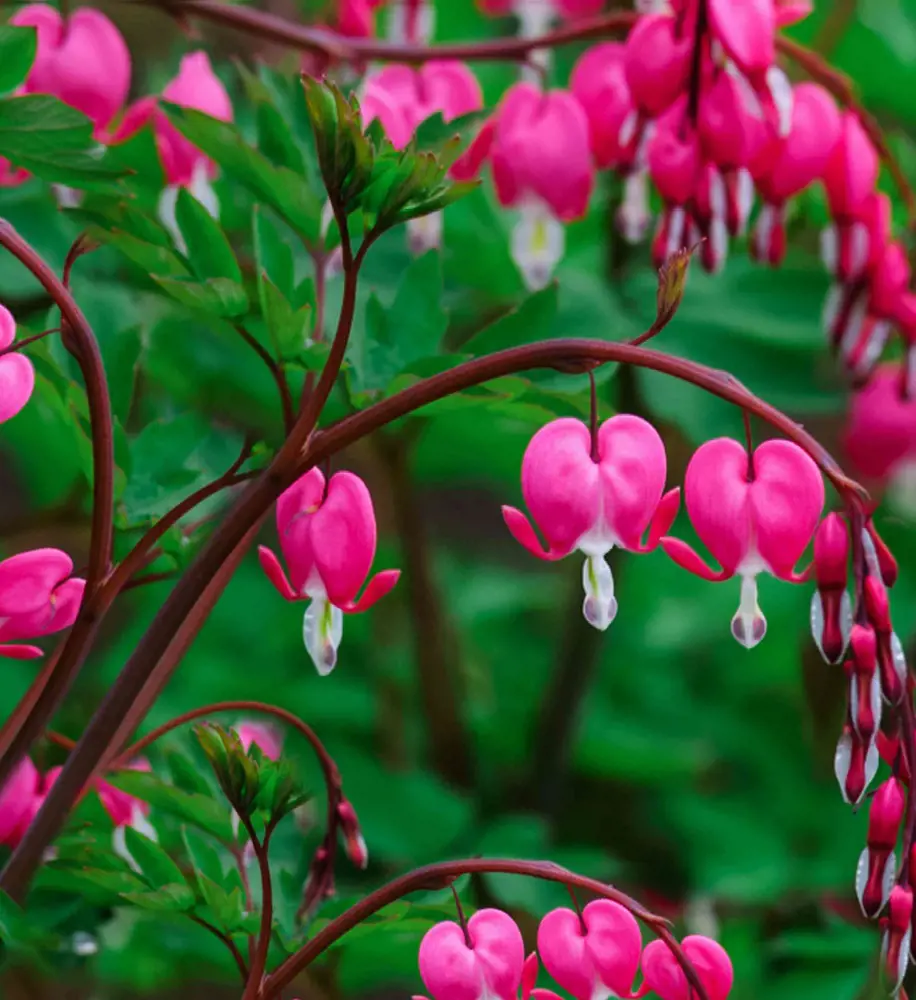
Bleeding Heart (Dicentra spectabilis) is a poisonous and dangerous plant, primarily due to its toxic chemicals. The entire plant, including its roots, leaves, and flowers, contains a group of alkaloids called isoquinolines, which are responsible for its toxicity. Ingesting any part of the plant can lead to symptoms such as nausea, vomiting, diarrhea, abdominal pain, dizziness, and in severe cases, heart irregularities.
Treatment for poisoning involves inducing vomiting, administering activated charcoal, and providing supportive care. Identifying Bleeding Heart is relatively easy, as it features distinct heart-shaped flowers in shades of pink or white, drooping from arching stems with finely divided leaves.
8. Azalea
The Azalea, scientifically known as Rhododendron spp., poses a significant danger as its entire plant, especially the leaves, contains grayanotoxins. Ingestion can lead to symptoms like vomiting, diarrhea, and potentially fatal cardiovascular issues. Swift medical attention is crucial in case of poisoning.
Identifying the Azalea involves recognizing its evergreen foliage, vibrant flowers, and compact growth. Its toxicity underscores the importance of keeping pets and children away from this visually appealing yet perilous plant to prevent accidental ingestion and ensure a safe environment.
9. Yellow Dock
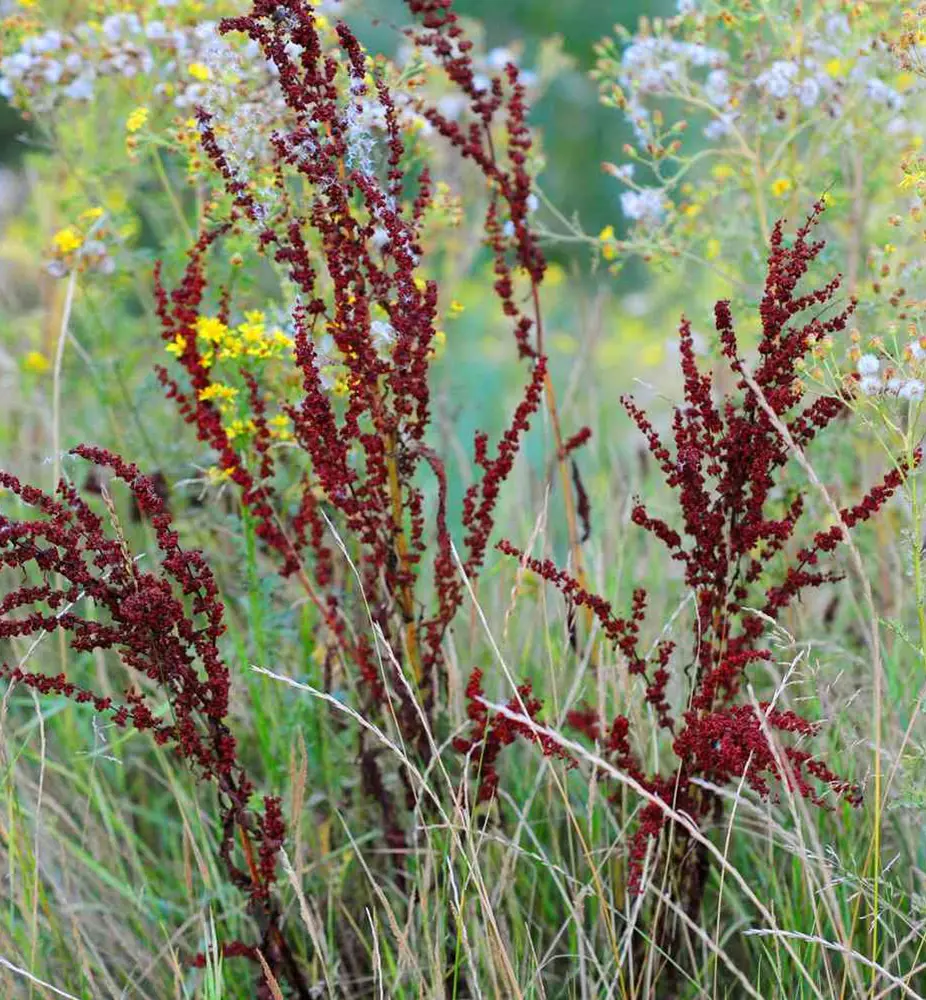
Yellow Dock (Rumex crispus) poses a risk due to its oxalate content, particularly concentrated in its leaves and roots. The plant contains oxalic acid, which, when ingested, can lead to symptoms like nausea, vomiting, and abdominal pain. In severe cases, it may cause respiratory distress or kidney damage.
Identifying Yellow Dock involves recognizing its lance-shaped leaves with curly edges. In case of poisoning, immediate medical attention is vital, focusing on calcium administration to counteract oxalate effects and alleviate symptoms.
10. Lily of the Valley
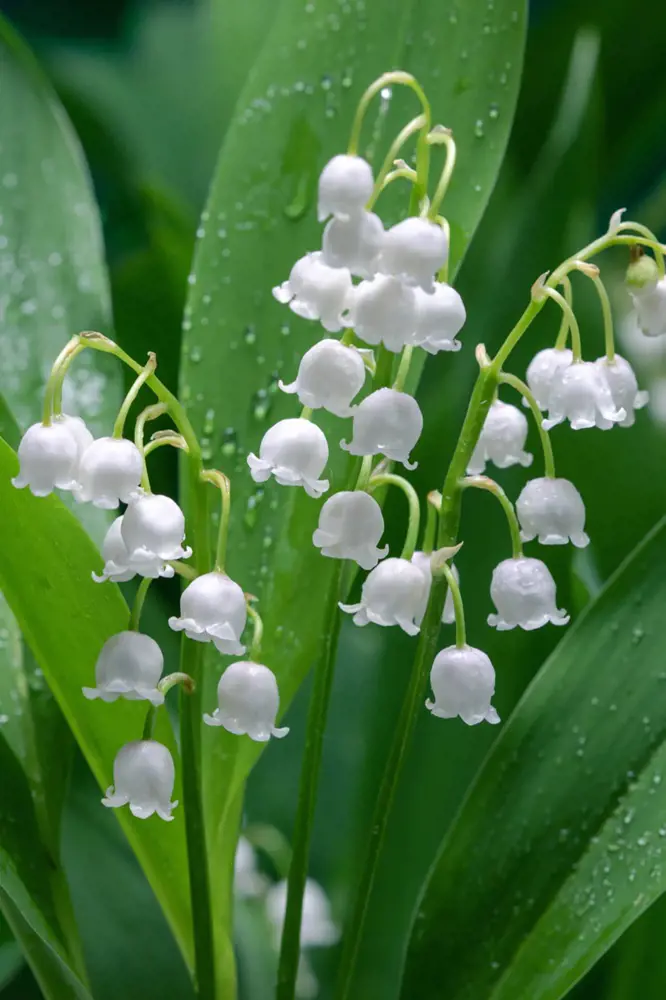
Do not let the beautiful flowers of Lily of the Valley (Convallaria majalis) fool you as it harbors a hidden danger on its leaves, flowers, and berries that contain potent cardiac glycosides, particularly convallatoxin. Ingestion can lead to symptoms like nausea, vomiting, and potentially fatal cardiac issues.
Swift medical attention is crucial if poisoning is suspected. Identifying this plant involves recognizing its bell-shaped white flowers, parallel-veined leaves, and sweet fragrance. Despite its enchanting appearance, Lily of the Valley underscores the importance of awareness due to its potential harm to humans and pets.
11. Castor Oil Plant
The Castor Oil Plant (Ricinus communis) is a perilous plant, containing ricin, a potent toxin, primarily concentrated in its seeds. Ingesting even a small amount of these seeds can lead to severe poisoning, with symptoms including abdominal pain, vomiting, and organ failure.
Treatment involves seeking immediate medical attention to induce vomiting and administering activated charcoal. Identifying this dangerous plant is crucial, recognizing its large, spiky green leaves and distinctive seed capsules containing toxic seeds, emphasizing the need for caution and avoidance.
12. Foxglove
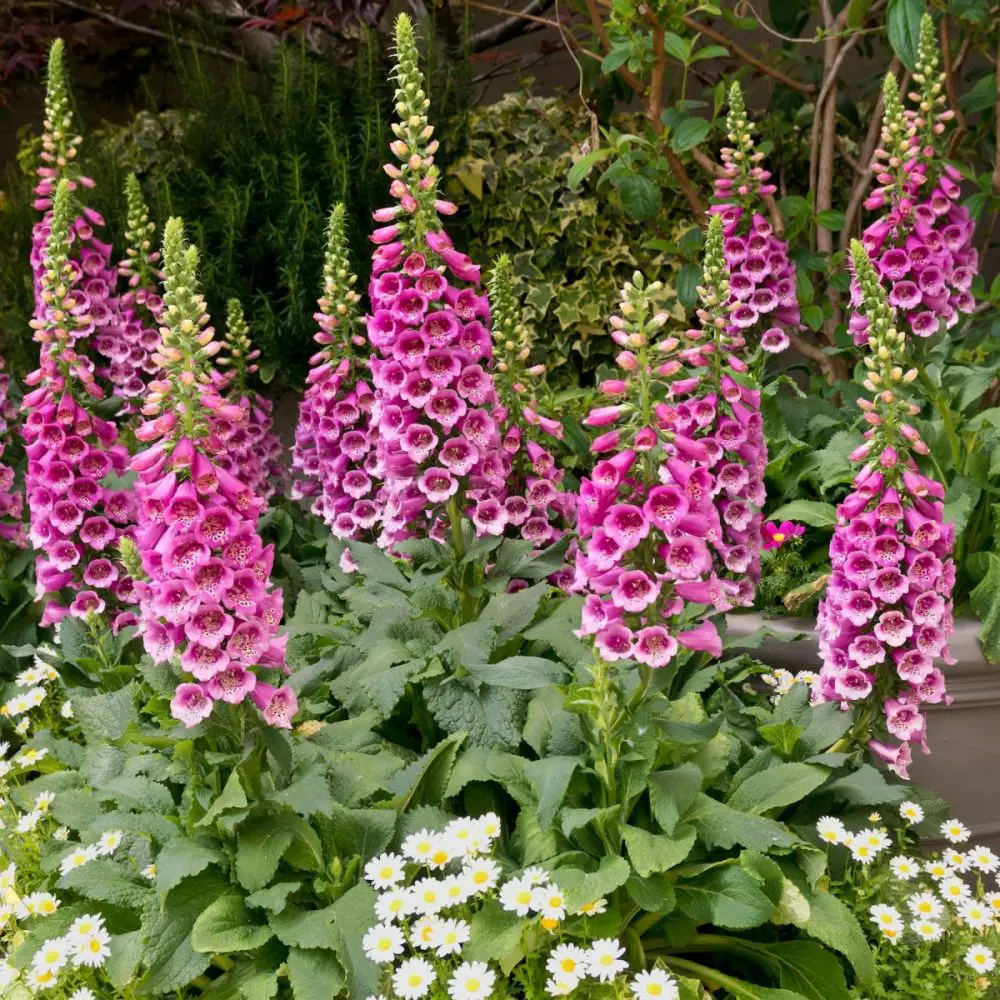
Digitalis purpurea, commonly known as Foxglove, poses a significant danger due to its toxicity. The entire plant contains potent cardiac glycosides, such as digitoxin, which can be fatal if ingested. Symptoms of poisoning include nausea, vomiting, irregular heartbeat, and even death.
Immediate medical attention is crucial, involving activated charcoals. Identified by its tall spikes of tubular flowers with spotted throats, Foxglove's allure conceals its perilous nature, emphasizing the importance of recognizing and avoiding this poisonous plant.
13. Dieffenbachia
Dieffenbachia, scientifically known for its toxicity as Dieffenbachia spp., poses a danger due to the presence of calcium oxalate crystals in its leaves. Ingesting or even coming into contact with the sap can cause intense irritation, swelling, and numbness.
This low-maintenance indoor plant contains the poison, oxalic acid, which triggers symptoms such as vomiting and difficulty swallowing. If exposed, immediate rinsing and seeking medical attention are crucial. Identified by its large, variegated leaves, Dieffenbachia's beauty conceals the potential hazard it poses, emphasizing the need for caution and awareness.
14. Oleander
Oleander stands as a dangerous plant due to its toxicity. All parts of the plant contain toxic compounds called cardiac glycosides, particularly oleandrin. Ingesting even a small amount can lead to severe poisoning symptoms like nausea, vomiting, and cardiac abnormalities.
If accidentally ingested this flowering plant, prompt medical attention is crucial, as there's no specific antidote. Identifying Oleander involves recognizing its dense clusters of vibrant, funnel-shaped flowers and lance-shaped leaves.
15. Water Hemlock
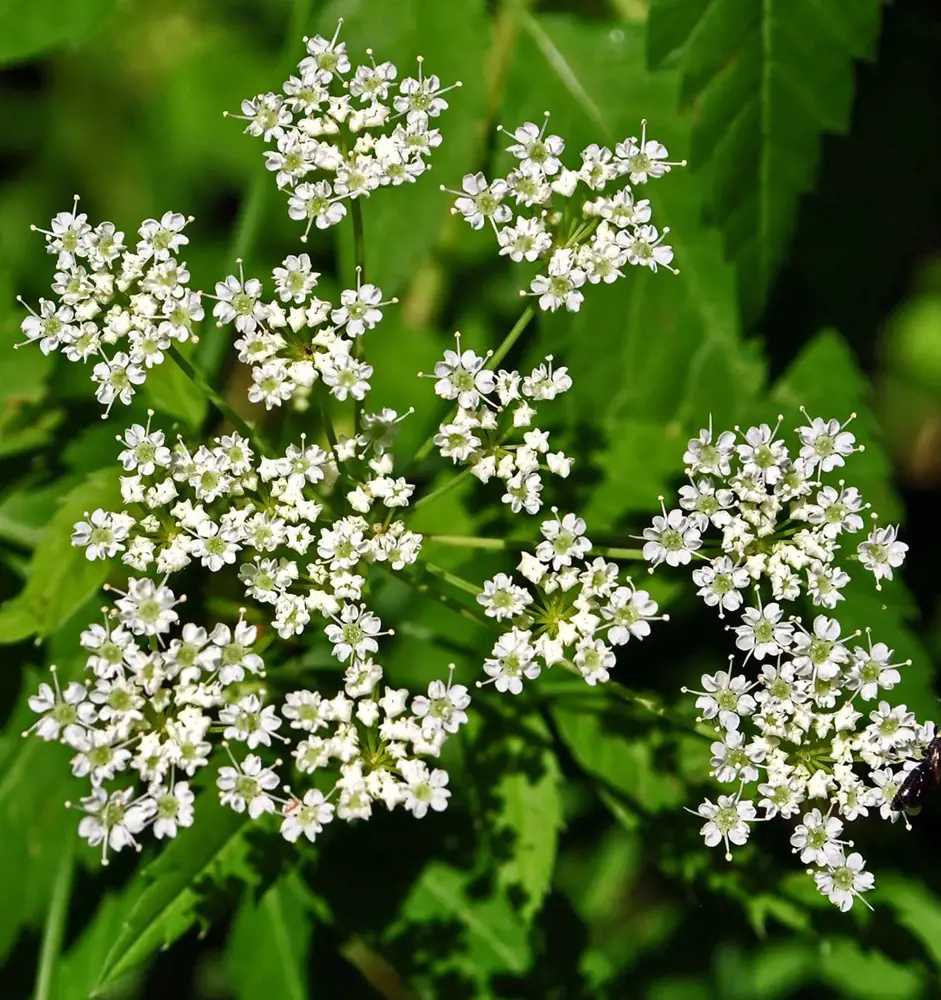
Water Hemlock, scientifically known as Cicuta, is a highly poisonous and perilous plant. Its most toxic part is the roots, containing the deadly compound cicutoxin. Ingestion leads to severe symptoms like nausea, seizures, and respiratory failure. Swift medical attention is crucial in cases of poisoning.
Identifying Water Hemlock involves noting its umbrella-like clusters of small white flowers and finely divided leaves. Due to its extreme toxicity, caution is paramount when encountering this plant, and awareness is key to preventing accidental ingestion.
16. Poison Oak
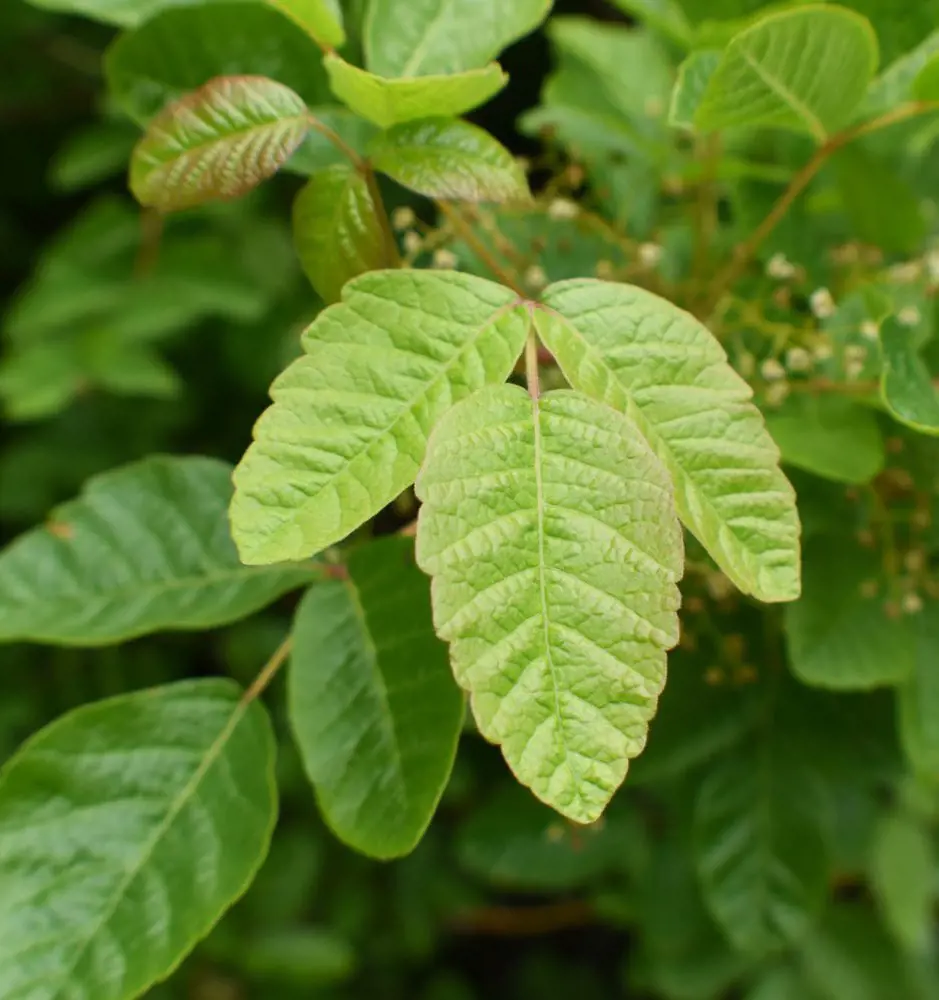
Poison Oak (Toxicodendron diversilobum) poses a threat with its poisonous sap, urushiol. This resinous substance is present in all parts of the plant, causing severe skin reactions upon contact. Symptoms of poisoning include itching, redness, and blistering.
Immediate treatment involves thorough washing with soap and water, but if a reaction occurs, medical attention is crucial. Identifying Poison Oak involves recognizing its three shiny leaflets, resembling oak leaves, and its presence in wooded areas, making awareness essential for avoiding this potent allergen.
17. Heartleaf Philodendron
The Heartleaf Philodendron (Philodendron hederaceum) is a poisonous and hazardous plant. The entire plant contains insoluble calcium oxalate crystals, posing a risk if ingested. Ingestion can lead to symptoms like oral irritation, drooling, vomiting, and difficulty swallowing.
In case of poisoning, seeking immediate medical attention is vital. Identifying features include heart-shaped leaves with a glossy surface.
18. English Yew
The English Yew (Taxus baccata) is a highly poisonous plant, with its seeds, leaves, and bark containing the toxic alkaloid taxine. Ingesting any part of this plant can lead to severe poisoning. Symptoms include nausea, vomiting, dizziness, and in extreme cases, cardiac arrest.
Swift medical attention is crucial, focusing on inducing vomiting, administering activated charcoal, and providing life support if necessary. Recognizable by its dark green needle-like leaves and red, berry-like structures, the English Yew demands cautious handling due to its potent toxicity.
19. Mistletoe
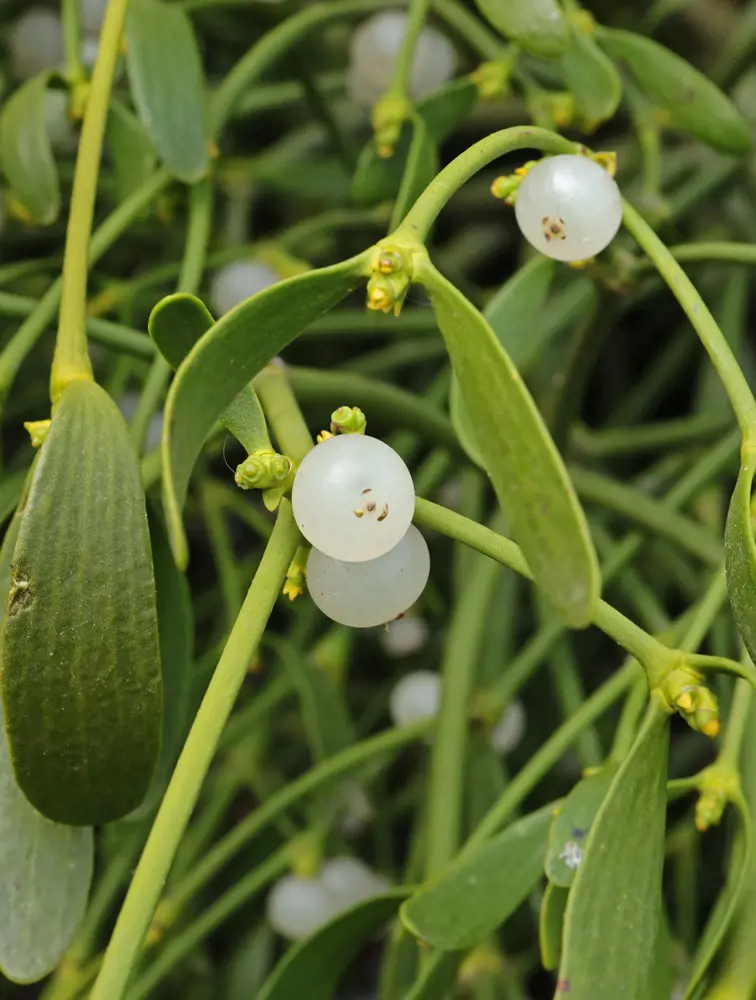
Mistletoe, scientifically known as Viscum album, harbors danger with its toxic components. The plant's berries contain viscotoxin and phoratoxin, leading to severe poisoning if ingested. Symptoms include vomiting, diarrhea, slowed heart rate, and potentially fatal outcomes.
If accidentally ingested, medical attention is crucial, with treatments involving induced vomiting, activated charcoal, and supportive care. Identifying mistletoe involves distinctive evergreen leaves and clusters of small, white berries. While culturally significant during the holidays, awareness of its toxicity is paramount to ensure a safe environment, especially in homes with pets and children.
20. Caladium
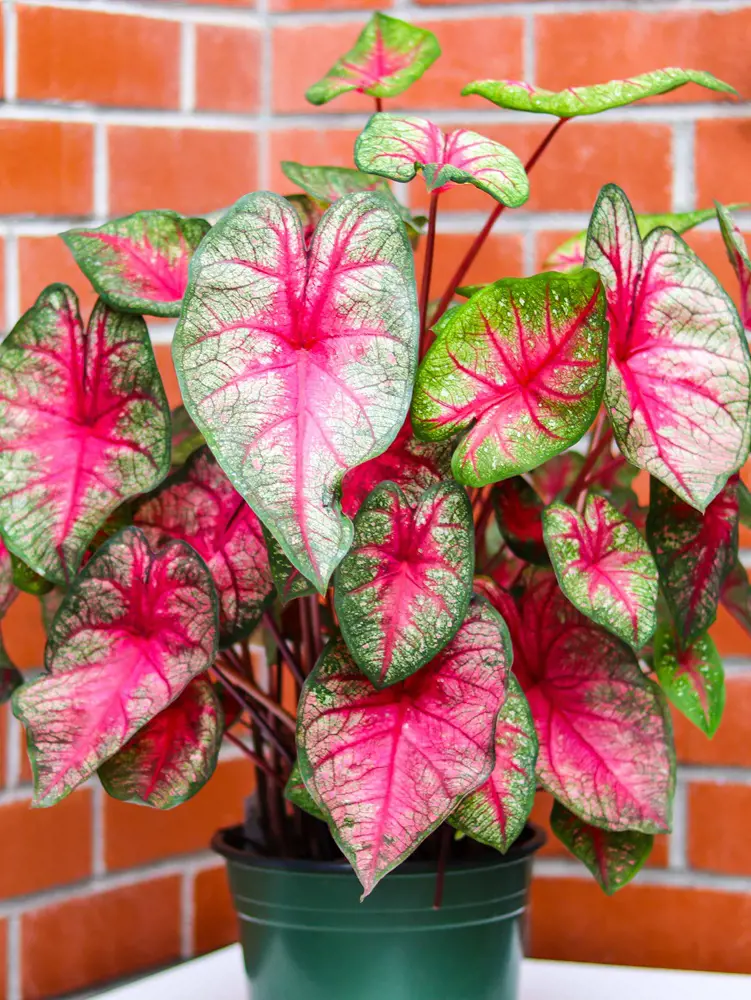
Caladium, scientifically known as Caladium hortulanum, poses a threat as a poisonous plant, particularly its tubers and leaves. These contain insoluble calcium oxalate crystals, which, when ingested, lead to symptoms like intense burning and swelling of the mouth, tongue, and throat.
In severe cases, it can cause difficulty in breathing and swallowing. Immediate treatment involves rinsing the mouth, drinking milk, and seeking medical attention. Identifying Caladium involves recognizing its heart-shaped, vibrant leaves with distinctive patterns, serving as a crucial precaution for pet and human safety.
Recent posts
Gardening
Gardening
18 Rose Colors And Their Meanings
Roses are not only elegant flowers but they also represent something more profound. Every color of a rose has its special meaning, making it a powerful tool when it comes to conveying messages in personal relationships and occasions. Ranging fr...
Gardening
When To Plant Vegetables – A Month By Month Calendar
Understanding when to plant vegetables is essential to successful gardening as timing alone can greatly affect the productivity and health of vegetables. A month-by-month planting calendar is useful because not every month is ideal for a specific pro...
Gardening
How To Prune Hydrangeas So That It Stays Healthy
The name hydrangea conjures clusters of flowers packed densely. Hydrangeas can grow in both old and old wood, and depending on the varieties, pruning time may differ. Pruning hydrangeas is a fundamental practice for gardeners wanting to maintain thei...
Gardening
How To Prune Roses With These 10 Steps
Pruning these thorn-filled plants might seem scary, but it's crucial for having abundant rose blooms. Cutting back old growth encourages new, vibrant growth, removes dead parts, and shapes the plant. This practice also reduces the risk of fungal dise...
Gardening
12 Effective Mosquito Repellent Plants to Keep Your Yard Bug-Free
Most of us are fond of insects, perhaps not all of them! Mosquitoes for instance are not considered even likable by many. Their buzzing sound is bothering and all of us wish them to stay away from our home and surroundings. To deter them, different f...
Gardening
Root Rot: How to Prevent, Identify And Fix It?
Root rot poses a significant threat to the health and vitality of plants. This insidious disease, caused by various fungal pathogens, compromises the integrity of plant roots. While no plant is immune to root rot, certain species are particularly sus...

